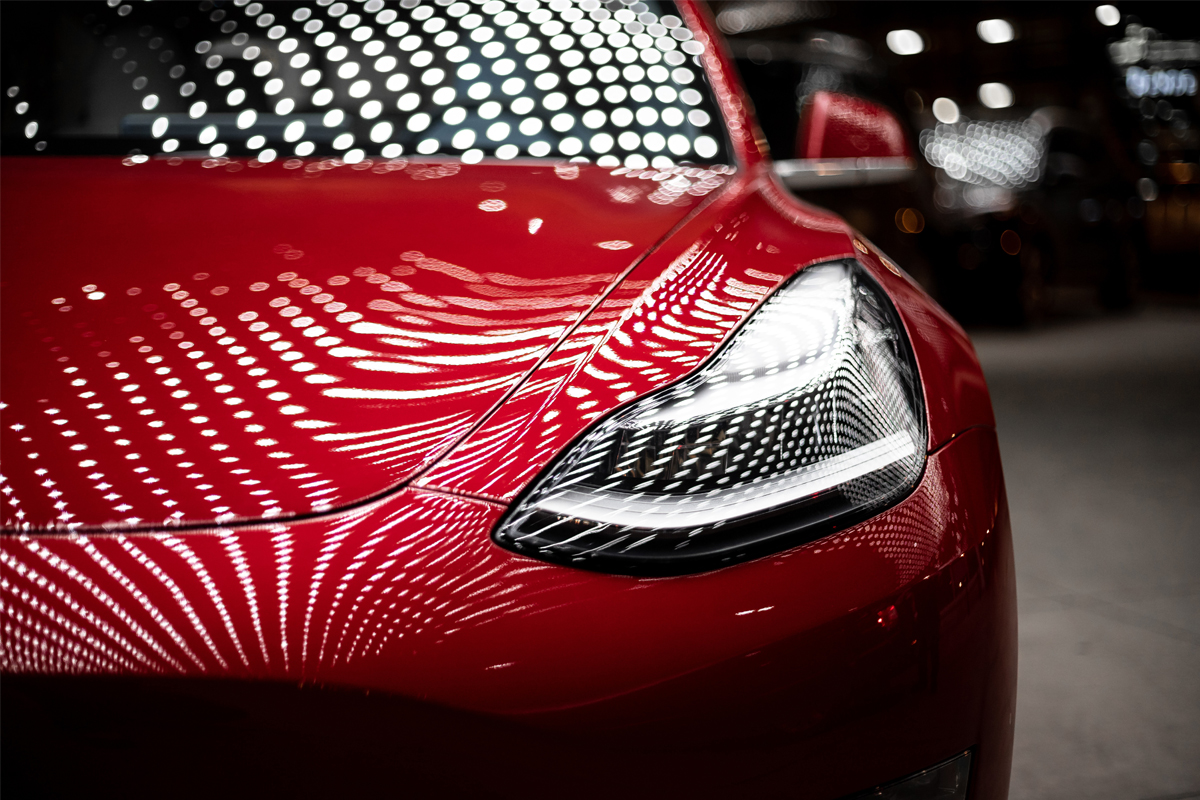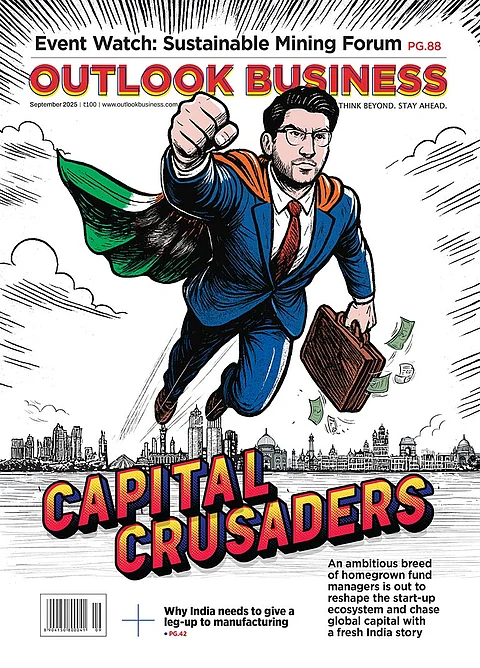Almost five years ago, the pre-booking for Tesla’s Model 3 generated a response that bordered on frenzy. There were 115,000 reservations in 24 hours, or nearly 4,800 cars every hour! It had taken just one tweet from Elon Musk, Tesla’s founder and CEO, to say the Model 3 would be available in a few countries including India.
The rich and famous wanted a piece of the four-door sedan with its impressive promise of zero to 60 miles per hour in barely six seconds. At a price tag of $35,000 (then around ₹2.3 million), it was the most affordable product from Tesla; those who were interested had to make an initial payment of $1,000.
For a company that has been around only since 2003 (its first launch was the Roadster, a two-seat sports car in 2008), Tesla has made remarkable progress. The brand is positioned to convey that the buyer has ‘arrived’ and has an eye on the future.
Despite the rush, Tesla’s Model 3 was not launched in India in 2016. There were simply not enough charging points. This did not stop Prashant Ruia and Mukesh Ambani from importing a Tesla, though.
In 2020, the brand has come knocking at India’s doors again. This time, everything has been kept low-key. The Palo Alto-headquartered company incorporated “Tesla India Motors and Energy Private Limited”, with its registered office in Bengaluru, with barely a whisper. Is it a dramatic pause before something exciting unfolds?
What are Tesla’s India plans this time?
Quiet ignition
Bengaluru’s upmarket Lavelle Road has a new occupant. On the 14th floor of SKAV 909, a tony structure with retail and office space, is the Tesla India office. Three people have been appointed to lead this operation – Venkatrangam Sreeram, Vaibhav Taneja and David Jon Feinstein—as its directors. The first is a serial entrepreneur and the others, with years of experience in accounting and finance, are seniors at Tesla.
Sreeram is the co-founder of two companies – Cartisan and Xenon Automotive. The former is a premium car service provider, and the latter is in the business of developing and implementing digital solutions for OEMs. He has also been trying to raise funds from the VC community in Silicon Valley for another company called ClearQuote, which specialises in artificial intelligence. One investor who has been approached says, “Clearquote looks at reducing the time taken for repairing and inspecting vehicles.” Sreeram, an IIT-IIM alumnus, has spent time with Tata Motors and JLR in China, though the interesting bit is his role as the GM of Tesla China between 2012 and 2014. There, he set up Tesla’s wholesale and retail operations, and the EV major reportedly plans to use that manufacturing facility to export to Europe.

Taneja, a chartered accountant by qualification, spent close to 17 years with PricewaterhouseCoopers followed by a short stint at SolarCity. He joined Tesla in early 2017 and is today the company’s chief accounting officer based out of the company’s Cupertino office. Feinstein has been with Tesla for about nine years and is the senior director, Global Trade & New Markets – Finance. Earlier stints were with Ciena, Deloitte and Allergan. He works out of the Palo Alto headquarters.
Documents filed with the Registrar of Companies cover a wide area, on Tesla’s plans for India. It reads: “the company will import, distribute, sell, service, maintain and repair electric vehicles and stationary energy service systems and equipment, energy generation systems and equipment, including solar panels, solar electrical system… (the company may) “carry on the business of manufacture, sale, export, service, and promotion of electric vehicles and stationary energy storage systems and equipment.” So, they will begin with the small stuff such as import and sales, and then maybe graduate to manufacturing and exports. Tesla did not respond to a questionnaire from Outlook Business.
Roshun Povaiah, an avid industry tracker and automotive expert, thinks Tesla will expand cautiously here. He says they will spend a lot of time initially only on setting up charging infrastructure in India. “That is how they went about the process in the US and suddenly it was possible to travel between cities from just driving around the city,” he explains. In the US, they took a state-wise approach to have superchargers or fast chargers – they charge 80% of the car in about an hour. The company initially launched the Tesla Roadster, a niche car in 2008. By the time, it launched the Model S in mid-2012, the charging infrastructure was in place. In India, the ride is likely to be rougher since there is no central authority and approvals from state governments and NHAI, are required. One relief is that the new highways are being built with charging infrastructure.
To make the infrastructure spend viable, the company will adopt the “select-cities approach”. That is, they will sell initially only in large metros, a strategy adopted by other EV car manufacturers as well.
In the fast lane
But Tesla is not really competing in the EV market. It is a player, undoubtedly, in the luxury segment where cars are priced upwards of ₹3.5 million, and 40% of that is for cars priced above ₹5.5 million. Tesla’s cheapest offering Model 3 is priced at approximately ₹2.6 million plus an equal import duty, totalling ₹5.5 million, and it is pitted against brands such as Mercedes-Benz, BMW, JLR, Audi and Volvo.


Mercedes-Benz, BMW and Volkswagen did not respond to questions sent. Audi’s spokesperson said it is “preparing to launch its electric SUV Audi e-tron in India for which the timeline will be communicated”. Last October, Mercedes launched its all-electric SUV, EQC at a price tag of around ₹10 million. Chetan Maini, who launched the first electric car in India – Reva in 1998 and now co-founder, SUN Mobility, approximates the luxury-EV car market to be about 1% of the whole market.
Maini says, “Tesla could be a significant disruptor (in luxury) since the buyers here are looking for new brands. They would also like to move to electric but want a performance product, which I think Tesla will deliver on.” Subhabrata Sengupta, VP, Avalon Consulting, suggests that Tesla maybe able to nudge lower-end luxury shoppers to move up. “Consumers purchasing cars costing ₹4 million may consider a higher priced Tesla in the ₹6 million bracket. If Tesla manages to sell 2,000 units/month, that is a very good number,” he says.
 According to him, the market for luxury cars will rebound and one needs to look at the 2018 numbers to understand the potential (See: Prime play). In his opinion, Tesla can get 20% of the overall luxury market, which he thinks can hit the 75,000-80,000 mark by 2025 – that translates to over 15,000 units per annum. Tesla can also get a share of the premium SUV market (48,000 units and expected to grow to 70,000 units) where Maini feels they can easily sell 9,000 units. In all, that will add up to at least 24,000 units/year.
According to him, the market for luxury cars will rebound and one needs to look at the 2018 numbers to understand the potential (See: Prime play). In his opinion, Tesla can get 20% of the overall luxury market, which he thinks can hit the 75,000-80,000 mark by 2025 – that translates to over 15,000 units per annum. Tesla can also get a share of the premium SUV market (48,000 units and expected to grow to 70,000 units) where Maini feels they can easily sell 9,000 units. In all, that will add up to at least 24,000 units/year.
While Tesla will need to do a lot of heavy-lifting to build its market in India, it may find it easier to build its R&D capabilities here.
 India’s capabilities in embedded software (firmware), design, and mechanical engineering can be harnessed by Tesla for its R&D function, according to Jagdish Sheth, Professor of Business at Emory University. “The interdisciplinary capabilities combined with low cost of talent – 25% of what Tesla would normally spend in the US - makes India a very attractive R&D destination,” he says.
India’s capabilities in embedded software (firmware), design, and mechanical engineering can be harnessed by Tesla for its R&D function, according to Jagdish Sheth, Professor of Business at Emory University. “The interdisciplinary capabilities combined with low cost of talent – 25% of what Tesla would normally spend in the US - makes India a very attractive R&D destination,” he says.
Saket Mehra, partner & leader (automotive) at Grant Thornton India, says, “As a business de-risking strategy, Tesla may prefer to keep the R&D centre and manufacturing unit in two different states to keep hopes alive for other states to get a share of its India business. A prime consideration for setting up a manufacturing hub could also be proximity to the ports.” This could mean that Tesla may consider India as one of its exporting hubs.
Sheth says that, though China is a hugely important market for Tesla, there is growing tension between China and America. “It is important for a Silicon Valley company to diversify and de-risk from China,” he adds.
As things stand, Tesla’s baby steps in India will be measured. They need to build a market and set up infrastructure and it remains to be seen whether the sales will justify the investment.












 Just one email a week
Just one email a week